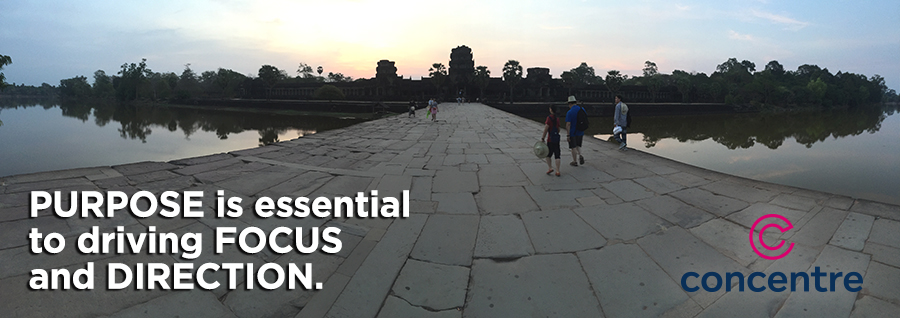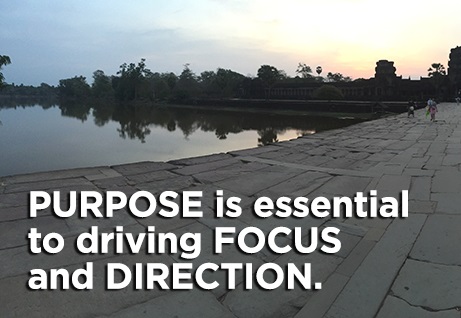
Ever since their completion in the 11th and 12th Centuries, the stone carvings of Angkor Wat in Cambodia have slowly, yet constantly, eroded. Water and wind have taken their toll on the countless “devas” (or “deities”), and other Hindu figures. Over time, the images will become less and less recognizable. Eventually, those very stones will be smooth again.
Inspired by a recent article, a colleague asked for my thoughts on the business life cycle. It brings to mind the very different trajectories of Netflix and Blockbuster. One company has driven the reinvention of entertainment. The other is now a footnote.
Even at our own company— in merely a matter of days our team mourned the loss of a co-worker’s grandparent and then celebrated the birth of an associate’s first child. People come aboard, and others depart on different journeys.
As I reflect on these experiences, a truth becomes increasingly real for me. All things—businesses, relationships, temples, and mountains—are simultaneously living and dying.
We know how these things happen. There is empirical, objective evidence to explain them. What’s harder to grasp is why they happen.
Why is it that some things appear to grow (and even thrive), even as others succumb to a seemingly inevitable decay? Why do some relationships flourish, while others wither away? When subjected to the same external forces, why do some companies adapt, evolve, and emerge even stronger—and others are slowly (or not so slowly) blown away by the winds of change?
In my experience, it’s about purpose.
People, relationships, and entities with a clear sense of purpose will endure—and those without it will ultimately fade away.
Purpose is essential. When we have purpose, it creates focus and direction. It guides our thoughts, our words, and our actions. It makes decisions simpler, though not always easier. Purpose is a rallying cry—and a way forward.
Purpose is the central point around which our relationships and our endeavors can align. Without it, things drift apart, wash away, and erode.
In other words, the things we value can die—when we let them.
It makes me want to be more intentional: with my business, with my family, in every situation, and with everyone that’s important to me.
The reliefs at Angkor Wat are no less impressive or inspiring today. But one can only wonder how crystal clear they must have been. We imagine the sculptors’ original vision. And we marvel at the conviction that compelled King Suryavarman and his court to build what would become the world’s largest religious monument.
Vision. Conviction. Purpose. To my way of thinking, they can mean the difference between living and dying.



